to save Ukraine
The Congressional delay in providing aid to Ukraine echoes an old story.
When President Franklin Roosevelt sought Congressional approval to aid Britain in the opening days of World War II, he faced staunch opposition from Republicans in Congress, too.
Nations were conquered, armies were destroyed and millions of civilians in Asia and Europe were killed before Congress finally passed the Lend-Lease Act in March 1941.1
Below, the tragedies which befell the world while America stood by and watched:
1932: Japan invades the Chinese region of Manchuria following a false flag event and establishes a puppet state there.
1937: After six years of regional skirmishes, Japanese forces conquer Beijing, Shanghai and the Chinese capital of Nanjing.
March 1938: Nazi Germany annexes Austria.
September 1938: Nazi Germany annexes the Sudetenland region of northern Czechoslovakia under an agreement reached with Britain and France.
September 1939: Nazi Germany invades western Poland, triggering declarations of war from Britain and France.
Britain and France impose a naval blockade on Germany and German U-boats begin attacking ships in the Atlantic.
The Soviet Union annexes eastern Poland and invades Finland. In the coming months, the Soviets annex Latvia, Lithuania, and Estonia, too.
May 10, 1940: Nazi Germany invades the Netherlands, Belgium, Luxembourg, and France.
May 21, 1940: German troops encircle British forces in France, trapping them at Dunkirk with their backs to the sea.
Britain organizes an armada of civilian vessels to rescue them, bringing 338,000 British and French soldiers to England between May 27 and June 4.
Hitler walks the streets of Paris at the end of the month.
July 1940: Britain stands alone against Nazi Germany.
The German Luftwaffe begins bombing Britain to gain air supremacy in preparation for an amphibious invasion of the British Isles.
October 1940: After suffering heavy losses fighting the RAF over Britain, Hitler switches tactics and begins bombing British cities, killing 43,000 British civilians and injuring 139,000 in the coming months.
Throughout all of these events, the isolationists held sway in Congress.
But matters came to a head in July 1940, after Britain lost eleven destroyers to the German navy over a ten-day period.
President Franklin Roosevelt responded to British Prime Minister Winston Churchill’s plea for help by exchanging fifty US Navy destroyers for 99-year leases on British military bases in the Caribbean and Newfoundland.
But Britain needed much more.
The strict American Neutrality Acts passed in the 1930s, which had made it illegal to sell or transport military supplies to any belligerent, had been amended in late 1939 to permit the supply of arms on a ‘cash-and-carry’ basis.
But Britain had depleted its liquid assets and could no longer afford to buy needed supplies.
So, FDR proposed lend-lease legislation in January 1941, likening the program to the lending of a garden hose to a neighbor whose house was on fire and his Secretary of War explained the proposed legislation was the ‘buying of our own security.’
But Congressional opponents claimed the lend-lease bill was ‘a war bill’ which would put FDR ‘in the position of a dictator’ with the power to force the US into the war.
But, as the war in Europe played out in newspaper headlines, the American people moderated their isolationist views, realizing that funding America’s allies would keep them engaged in defeating Hitler and keep American boys safe at home.
We saw Speaker Johnson voice this same sentiment yesterday when explaining his new-found support of aid to Ukraine:
Both Britain and the Soviet Union would later acknowledge the vital role that the American Lend-Lease program played in the defense of their countries.
“The provision of American aid in the shape of Lend-Lease saved us from something like disaster.” — Harold Macmillan, who became the British Prime Minister
And in his memoirs, Nikita Khrushchev, who would lead the Soviet Union after the war, wrote that Stalin had remarked several times “that if the United States had not helped us, we would not have won the war. If we had had to fight Nazi Germany one on one, we could not have stood up against Germany's pressure, and we would have lost the war.”
This is the position in which Ukraine now finds itself.
And Putin knows this story very well.
*******************************
I’ll see you tomorrow.
— Brenda
Banner image: Coventry Cathedral.
The primary beneficiaries of the 1941 Lend-Lease Act were the UK, the Soviet Union, France, and China.






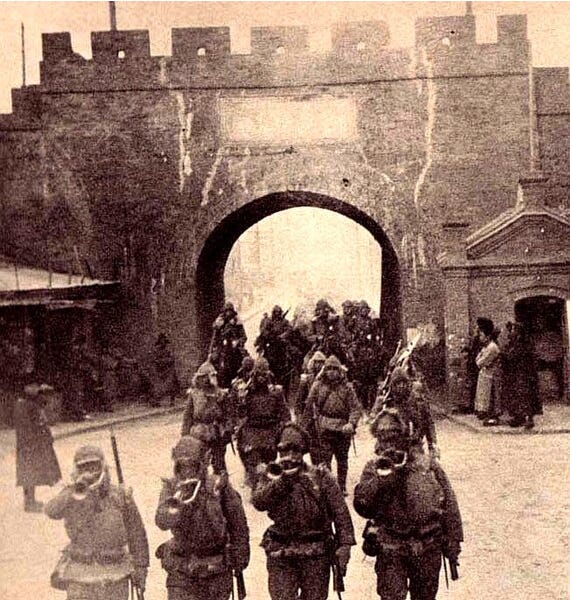

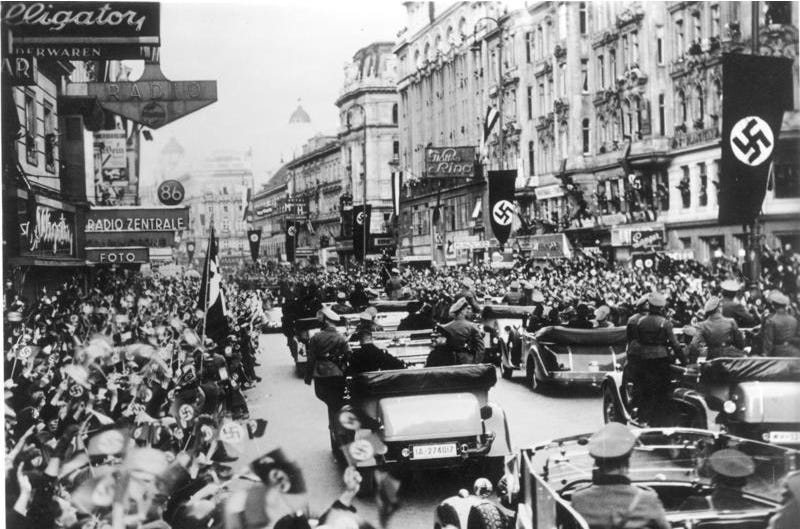
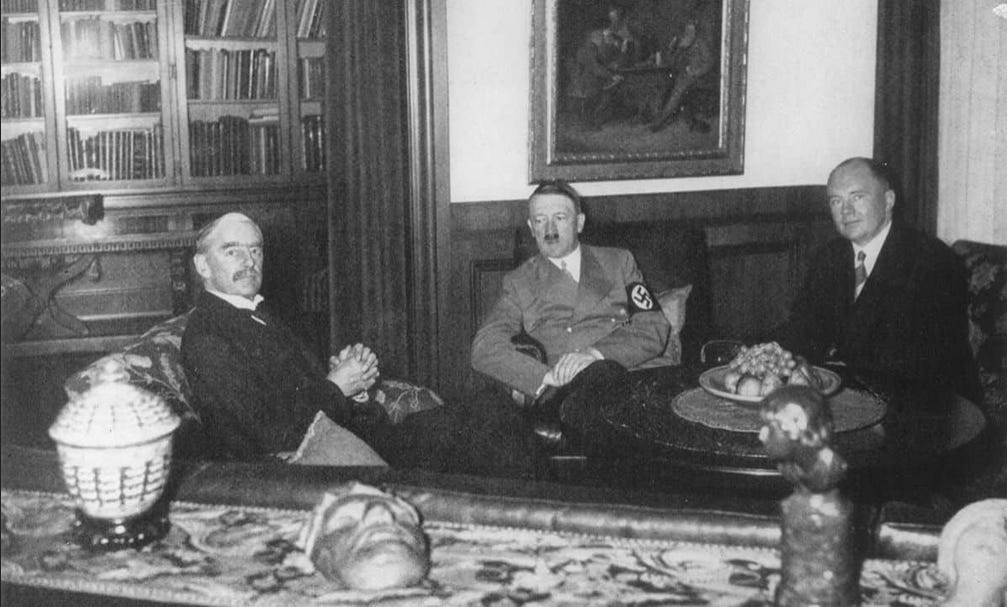

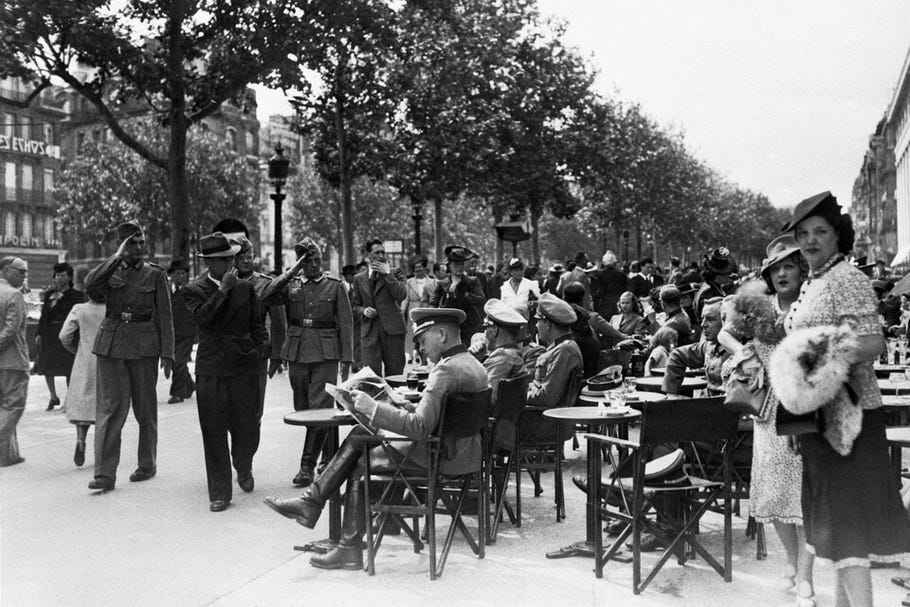
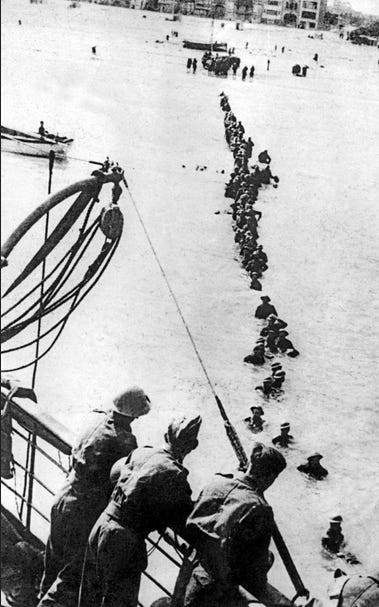
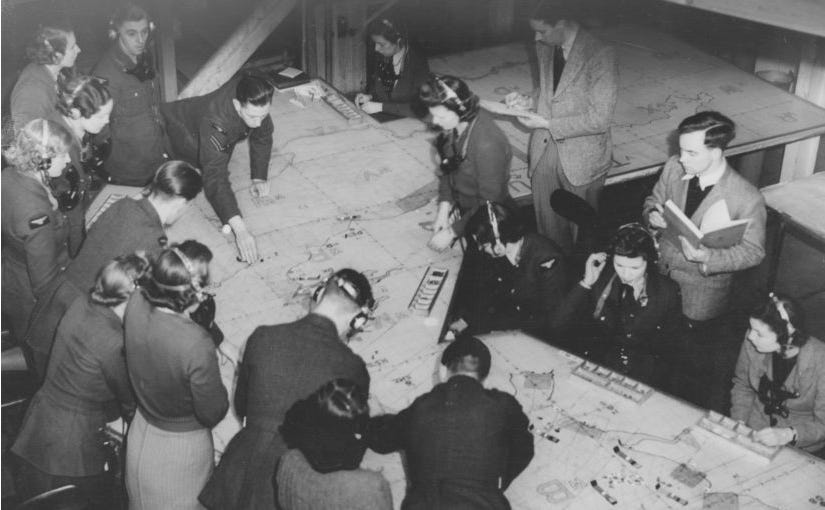
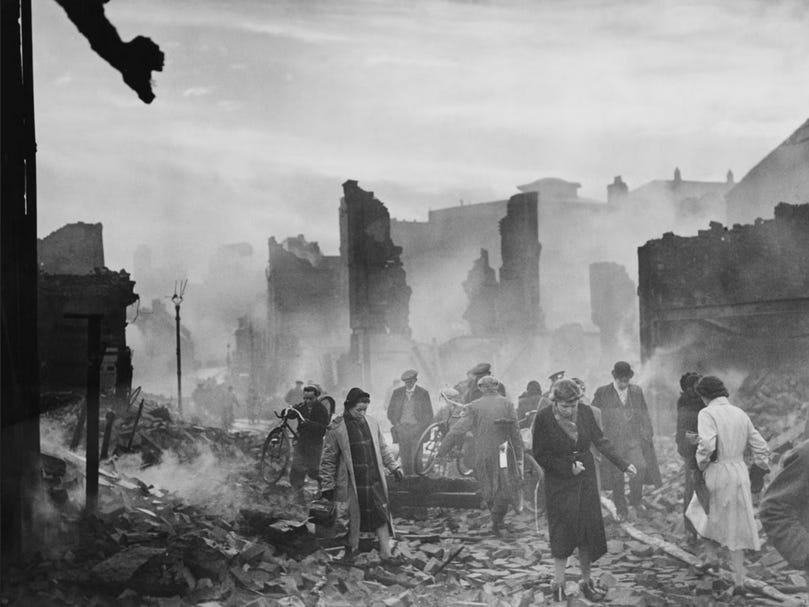
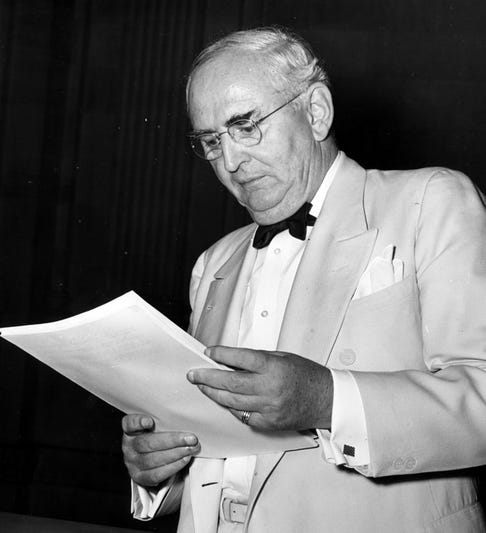






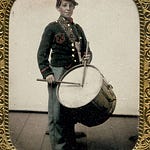

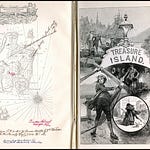
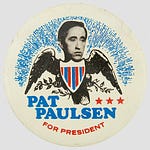
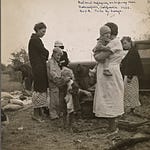

Photo of the Day